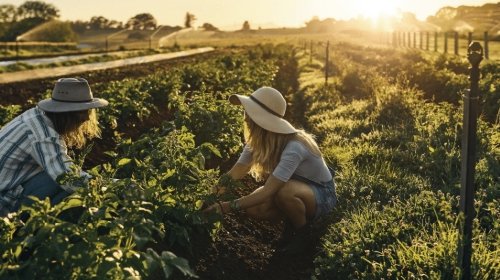The Australian cotton industry has underlined its commitment to transparency and accountability by unveiling for the first time an innovative sustainability ‘Data Pack’ to support its latest cotton sustainability report.
The recently released Australian Cotton Sustainability Update (2021) shows a 3.6 per cent annual improvement in Australian cotton water use efficiency and a six per cent reduction in greenhouse gas emissions per bale.
It also showed an increase in herbicide use – a result of a wetter season increasing the need for weed control.
Cotton Australia CEO Adam Kay said transparency and good data were critical to the industry.
“After three decades of concerted and collaborative effort to improve sustainability, our industry has a very good story to tell of our improvements in many areas, and our efforts to make even more improvements in the months and years ahead,” Mr Kay said.
“Good, trusted data helps inform our stakeholders, and will increasingly support market access as customer and government requests grow world-wide for sustainability improvements.
“Building an evidence bank of sustainability impacts also helps growers make management decisions to balance productivity improvements with environmental and social outcomes.
“This new Data Pack is one more tool the industry has developed to allow all stakeholders to make better decisions and is further evidence of our desire to be accountable and transparent to stakeholders.”
Cotton Research and Development Corporation executive director Dr Ian Taylor said regularly tracking sustainability progress and impacts across the PLANET. PEOPLE. PADDOCK. Sustainability Framework helps industry decide where to make research, development and extension investments to appropriately manage opportunities and risks.
“Key areas of research we are investing in include further reducing net greenhouse gas emissions, and innovation to manage soil health and native vegetation on cotton farms,” Dr Taylor said.
“The current high rainfall seasons means there will almost certainly be an increase in the use of herbicides to control weeds. To minimise this, we continue our investments in integrated weed management strategies – such as innovative optical sprayers and alternatives to residual herbicides – to provide environmentally-sound alternative solutions to growers.
“We are also continuing our focus on workplace health and safety, ensuring the industry has the skilled and inclusive workforce needed to be successful over the next decade of change.
“And we continue to drive water use efficiency. The industry’s long-term optimisation of water use is something growers should be proud of and is consistent with the UN Sustainable Development Goal of dramatically increasing water use efficiency while ensuring sustainable withdrawals of freshwater,” Dr Taylor said.
BACKGROUND: PLANET. PEOPLE. PADDOCK.
PLANET. PEOPLE. PADDOCK. is the Australian cotton industry’s sustainability framework created to coordinate a whole-of-industry strategy to manage sustainability, and to engage effectively with stakeholders on actions and progress.
PLANET. PEOPLE. PADDOCK. is currently targeted at on-farm cotton production. Through a process of consultation and review, nine topics have been assessed as being most important to customers, cotton growers and other stakeholders:
• PLANET: Water, greenhouse gas emissions, pesticides, biodiversity, soil health.
• PEOPLE: Workplace, wellbeing.
• PADDOCK: Productivity, profitability.
PLANET. PEOPLE. PADDOCK is delivered by the cotton industry’s Sustainability Working Group.




